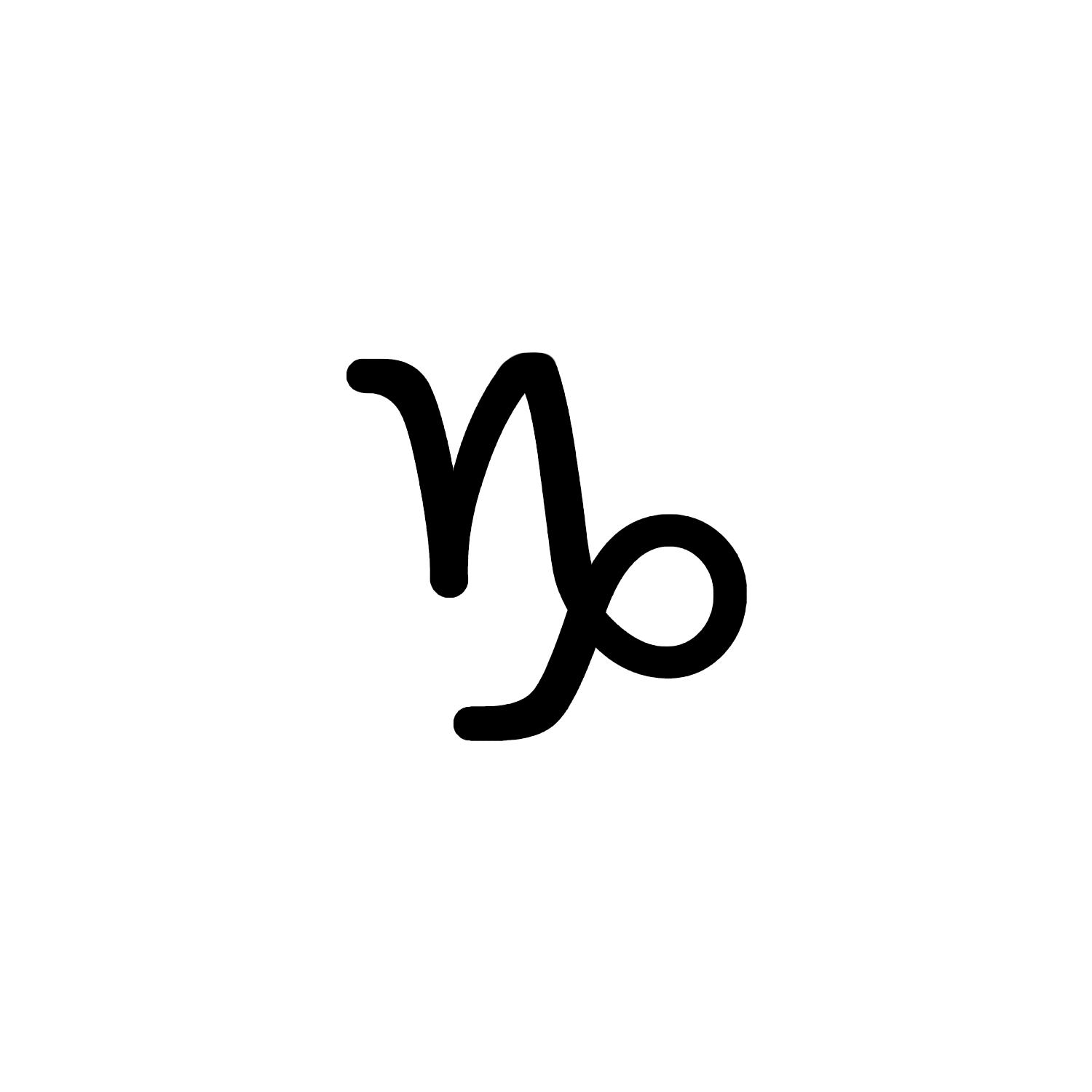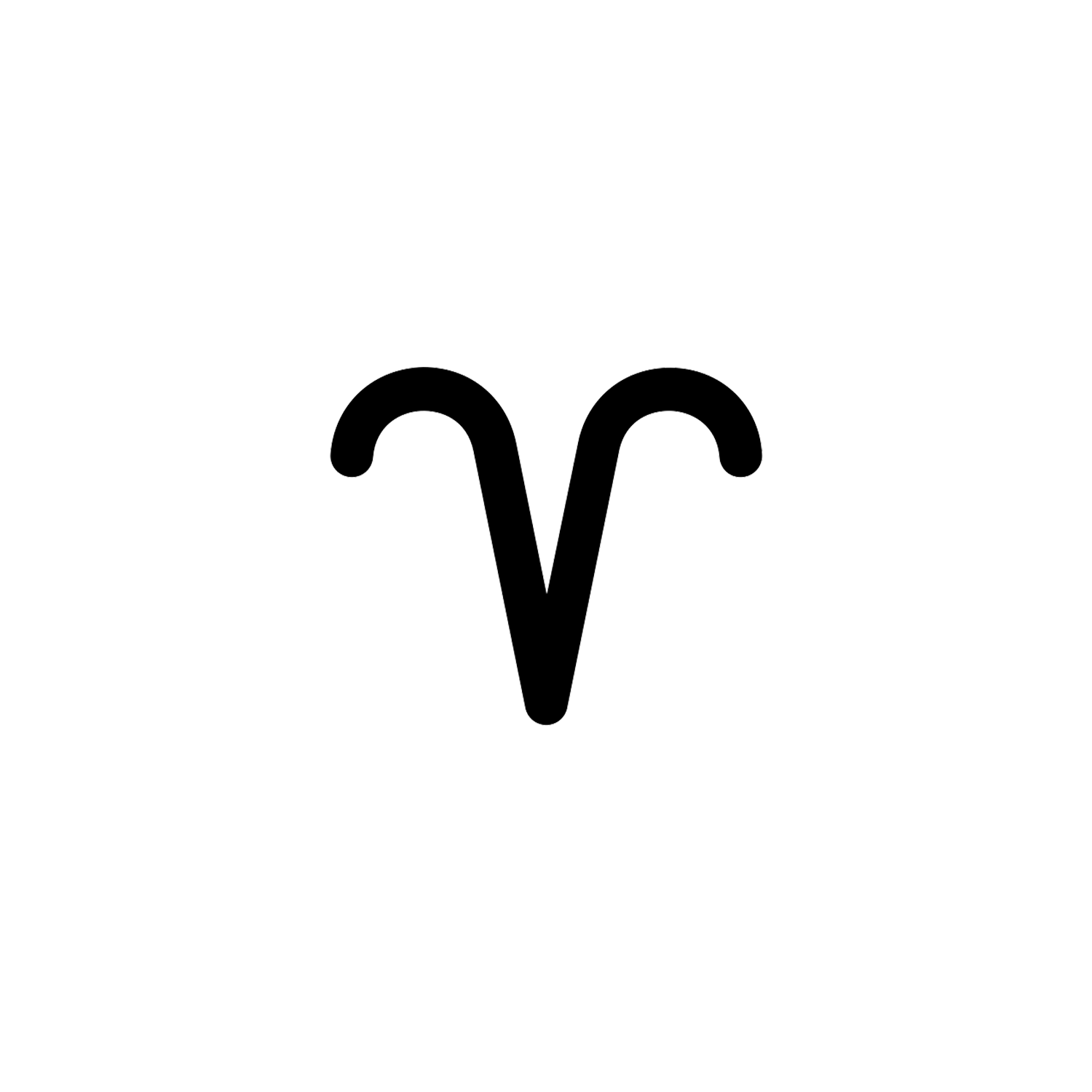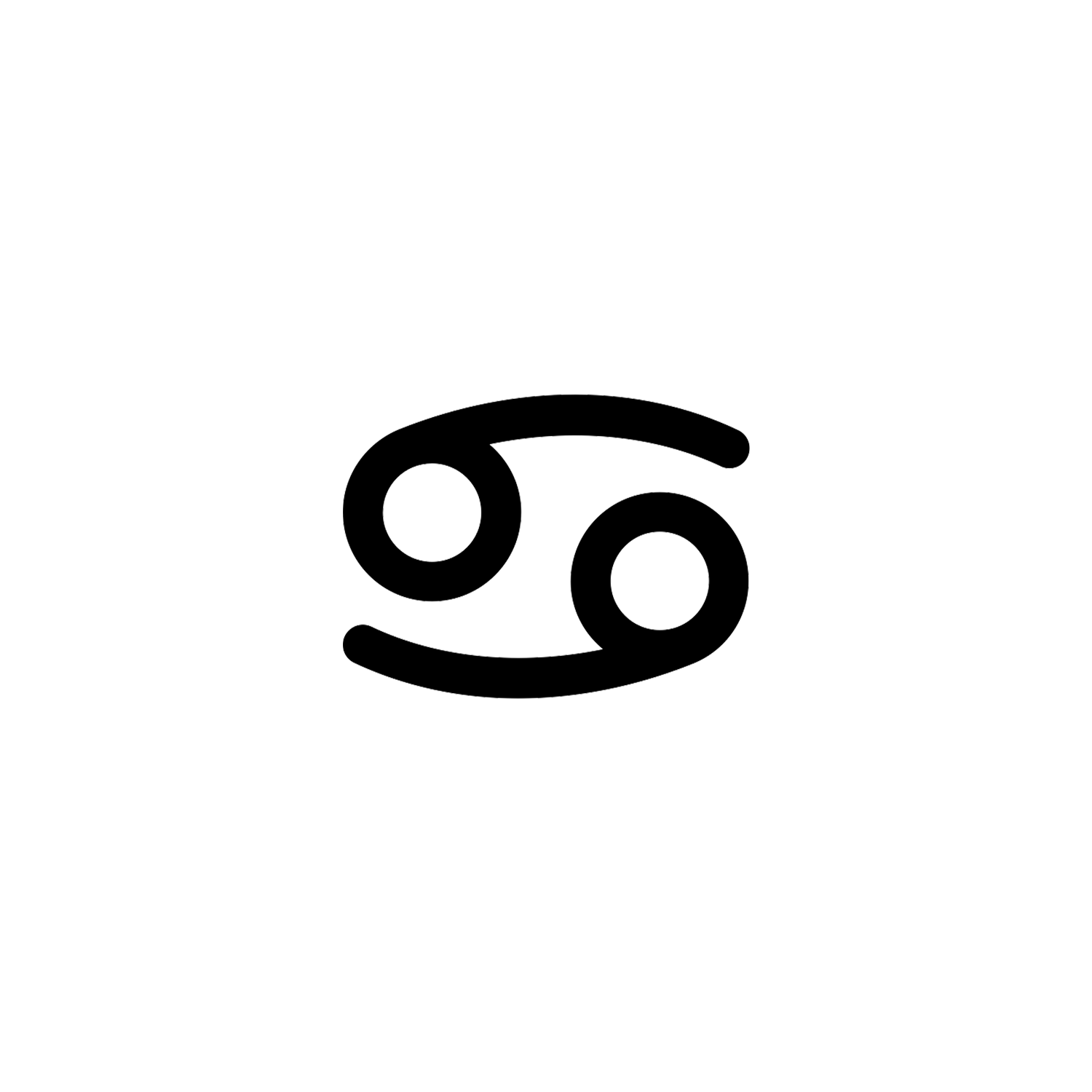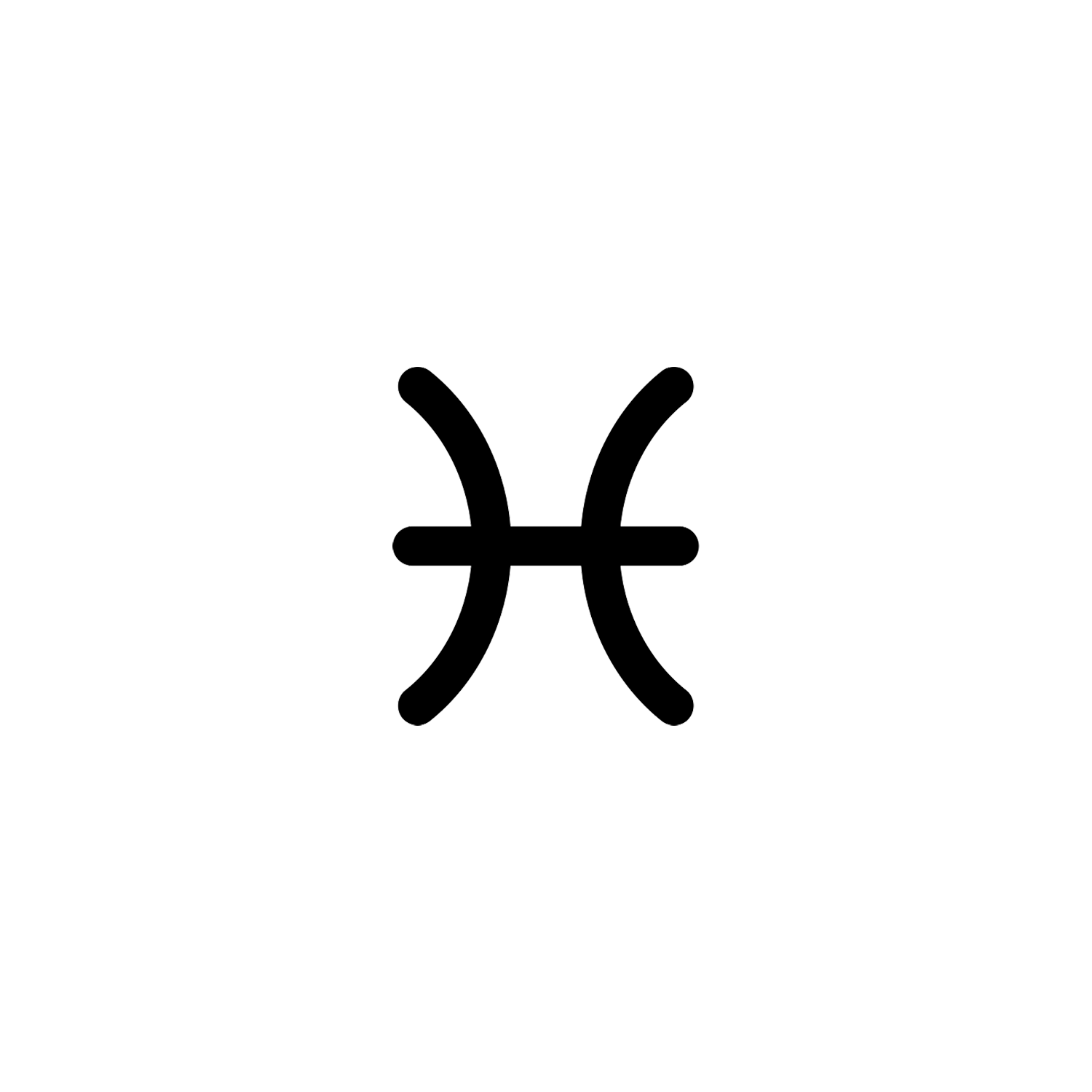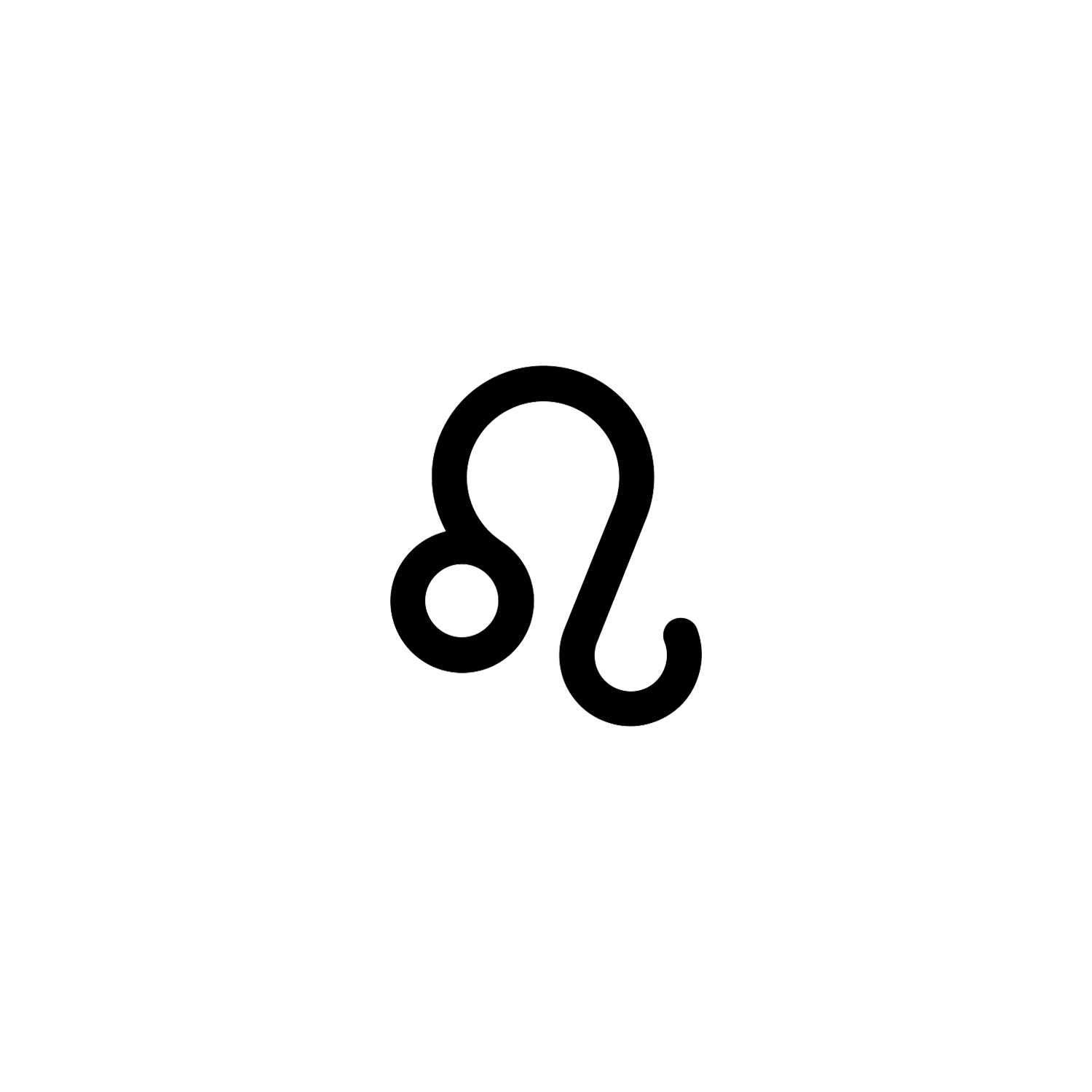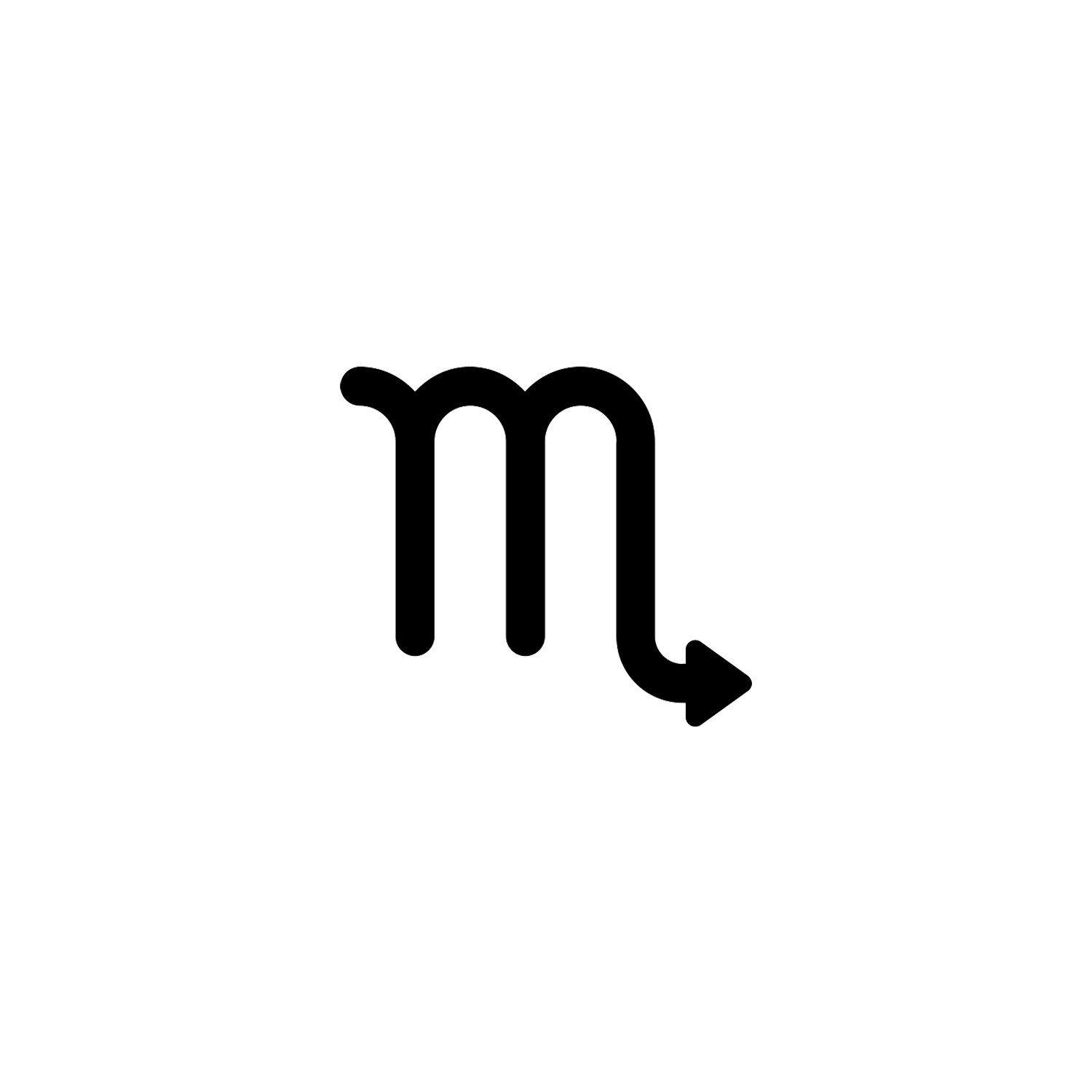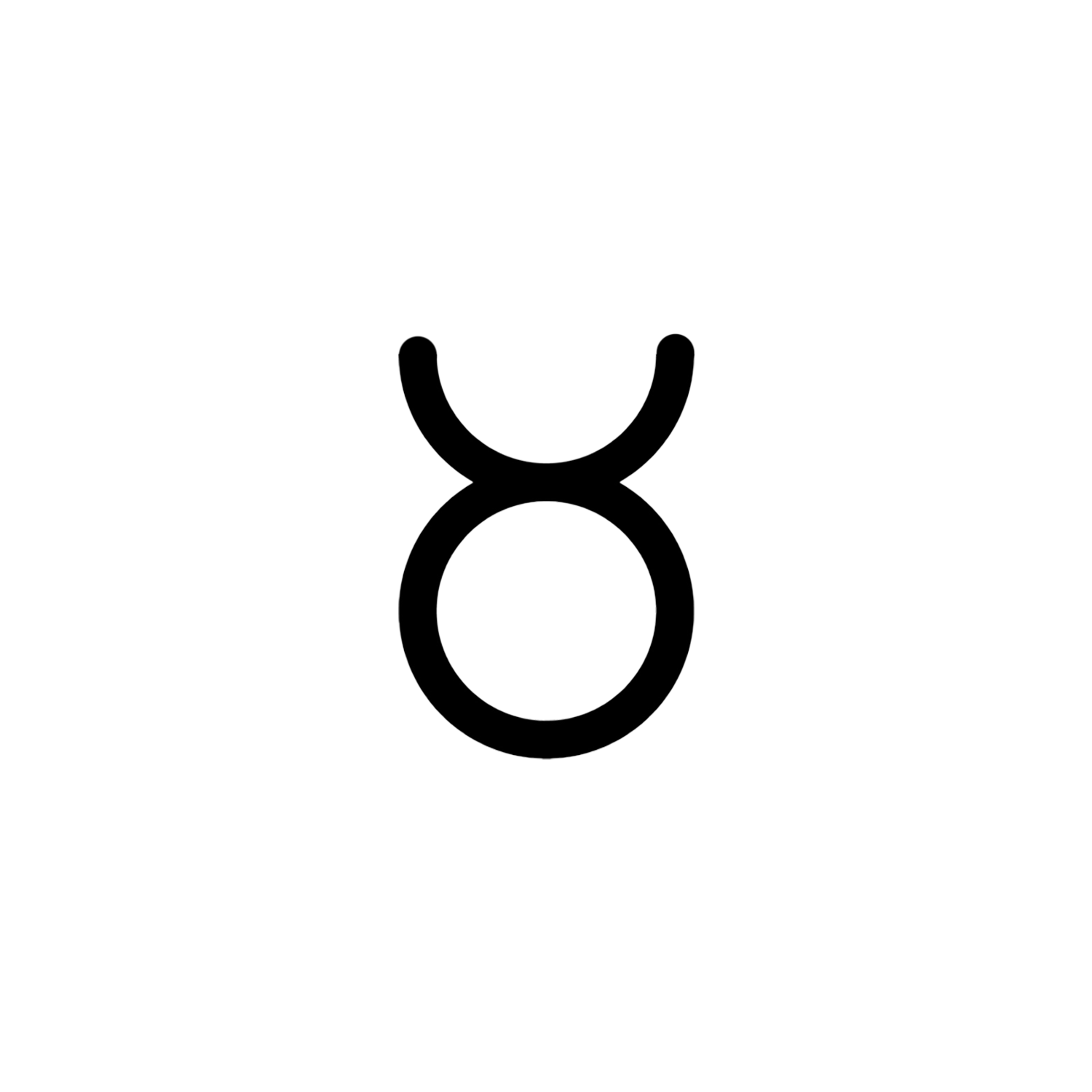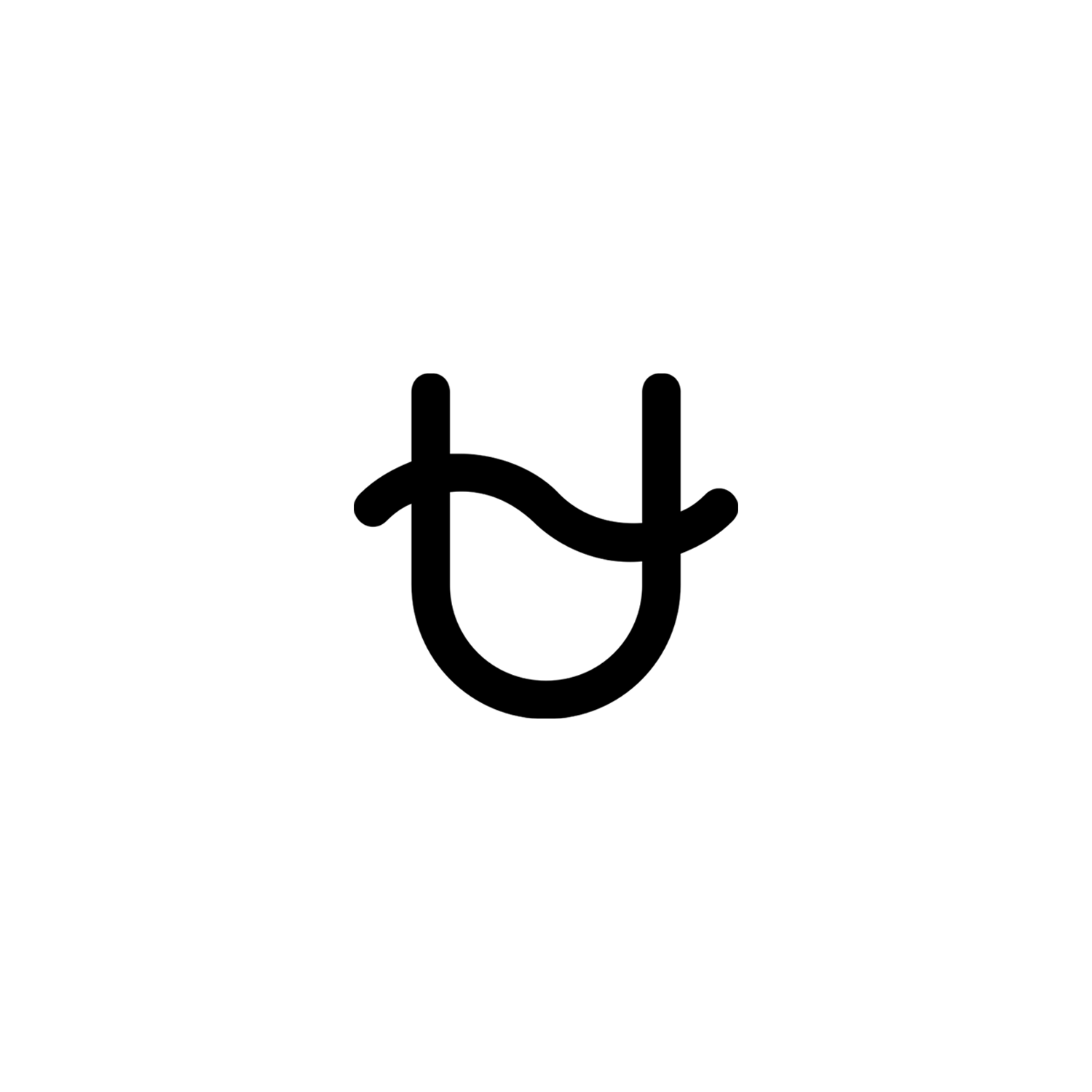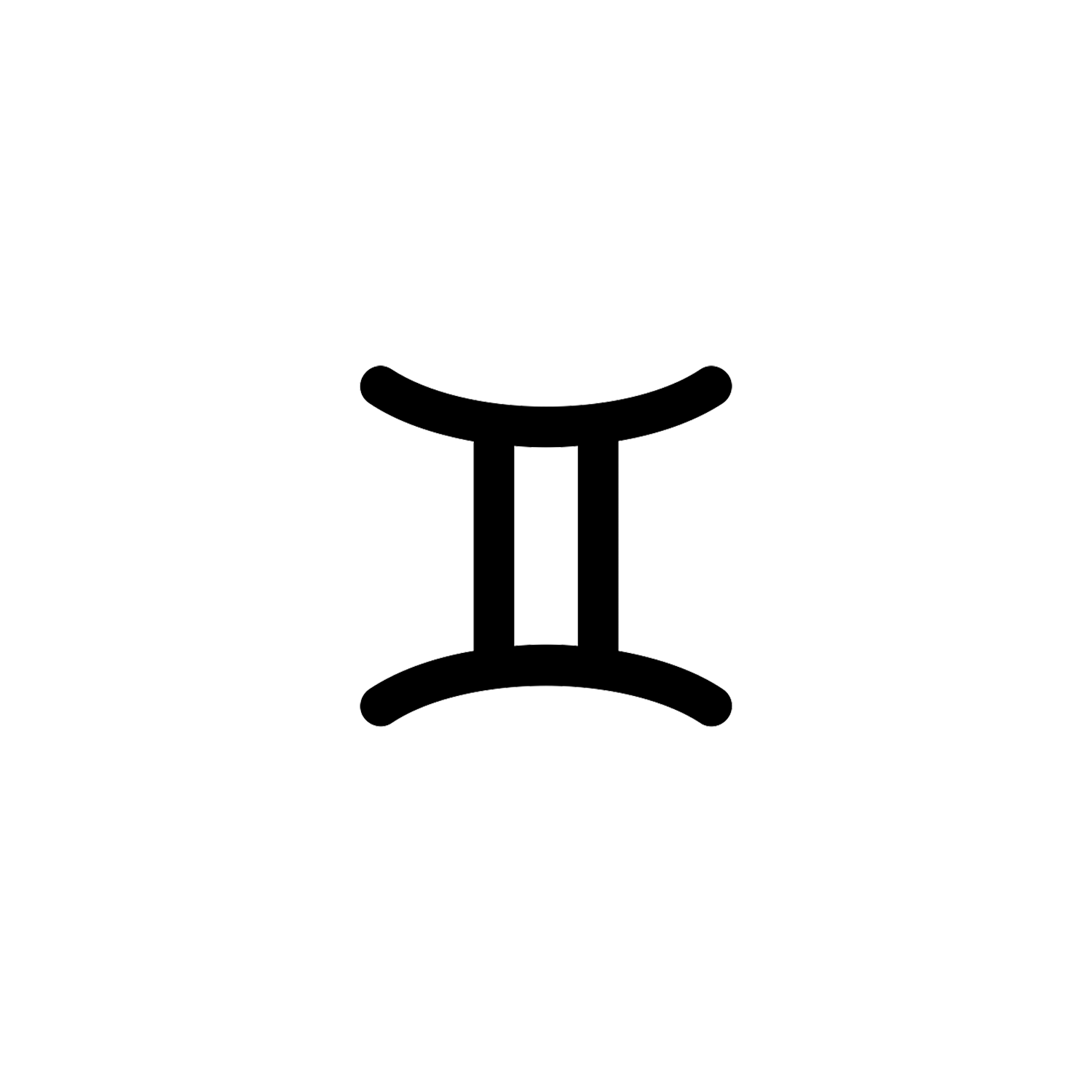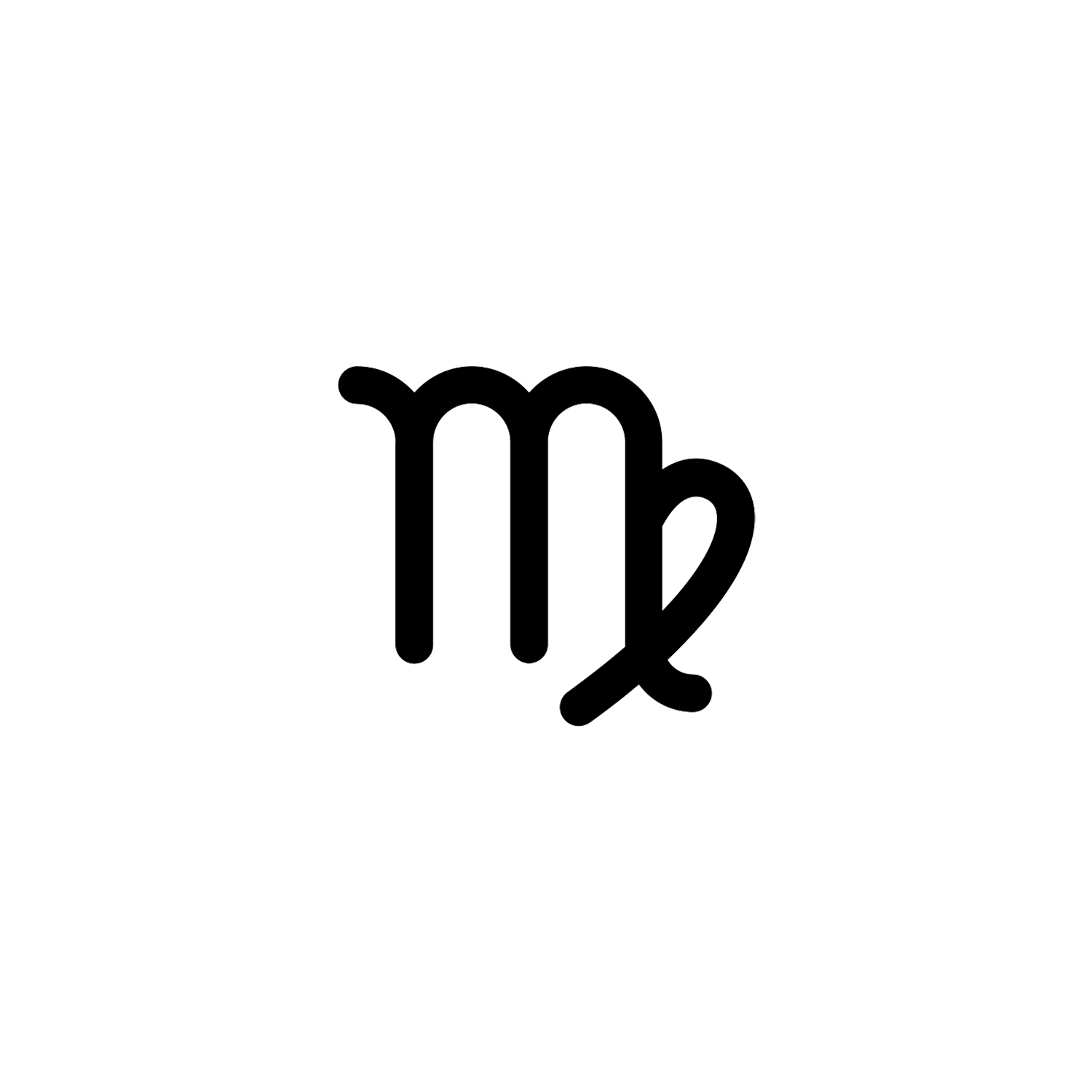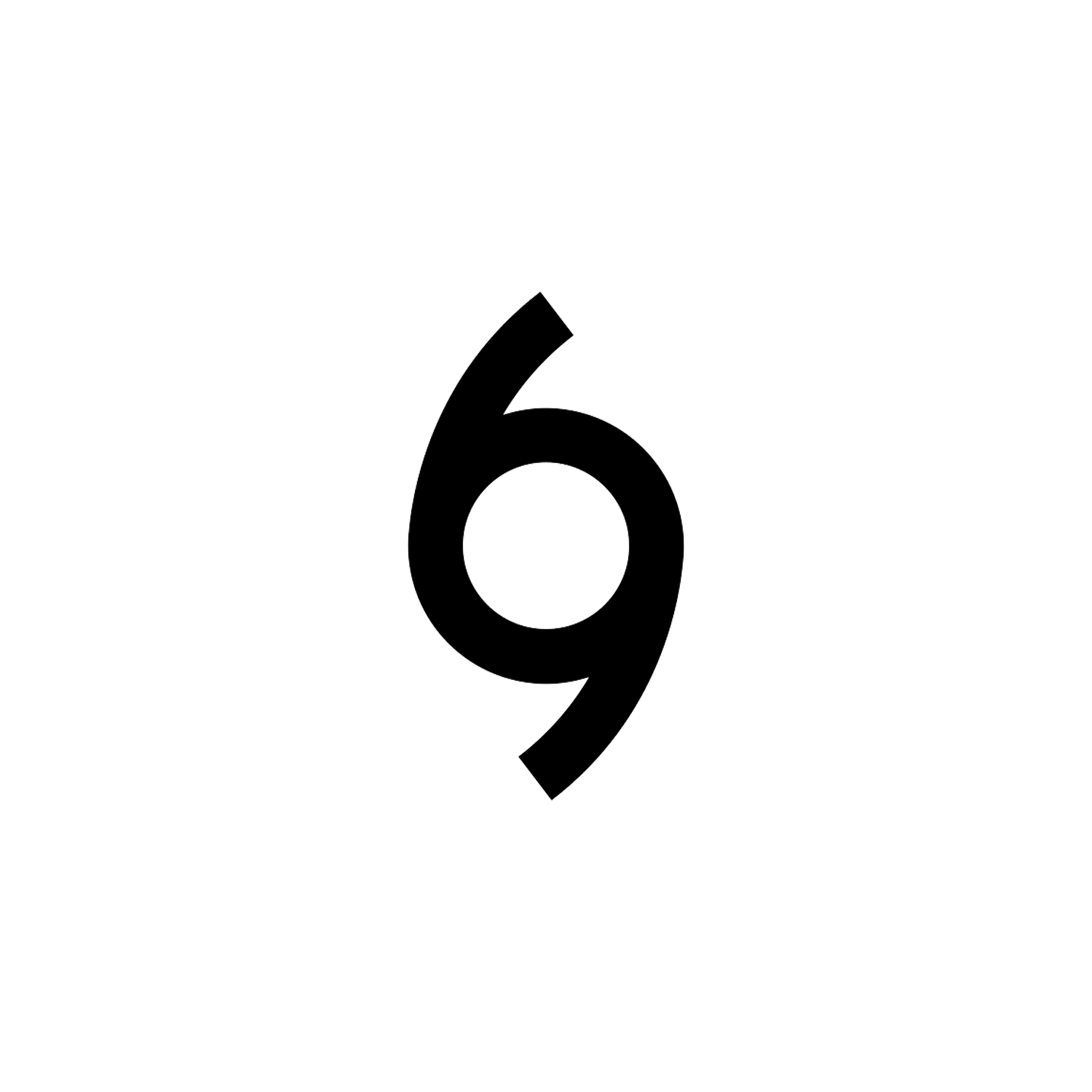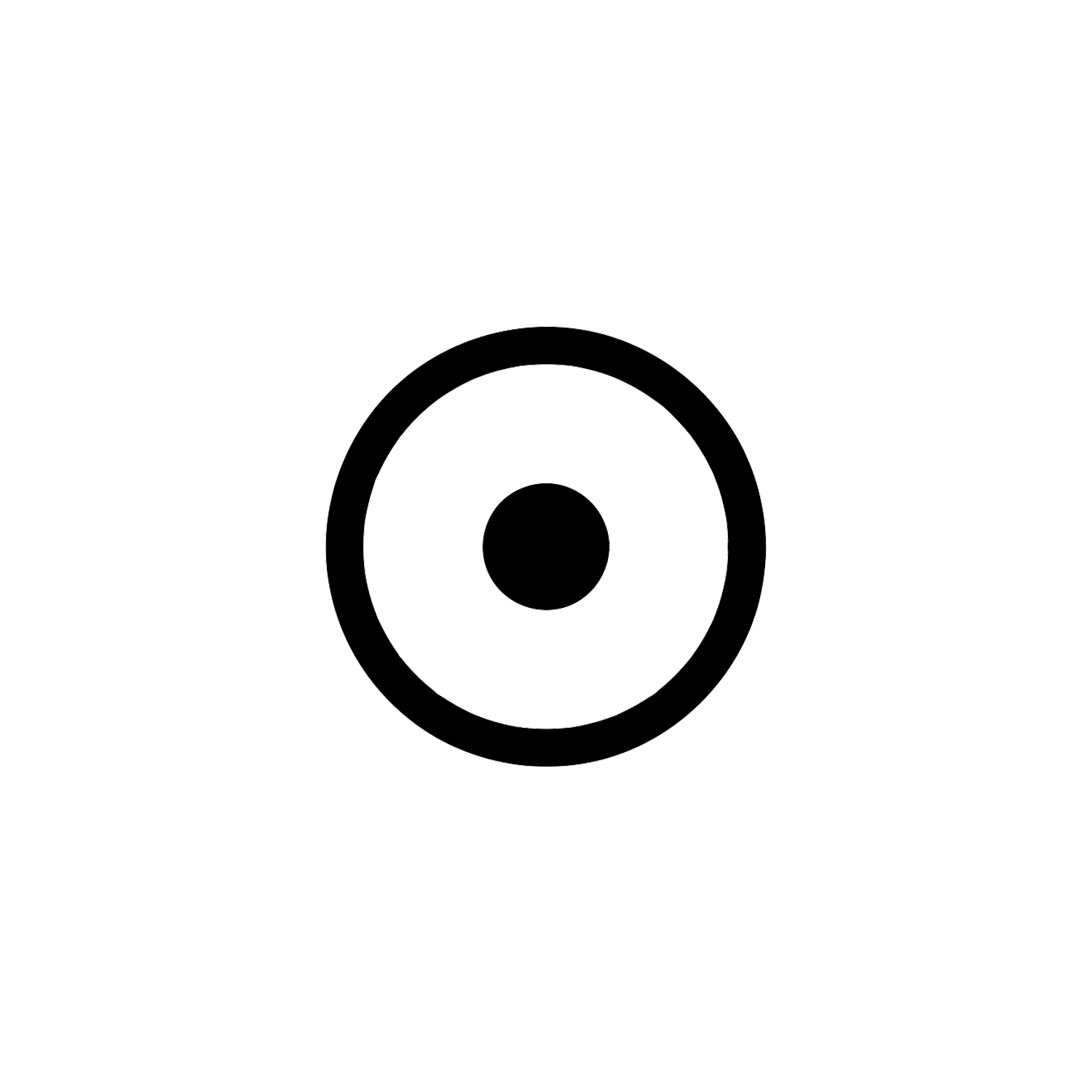Aquarius


Aquarius
The eleventh astrological sign in the zodiac.
Overview
Aquarius (Greek: Ὑδροχόος, romanized: Hydrokhóos, Latin for “water-bearer”) is the eleventh astrological sign in the zodiac, originating from the constellation Aquarius. Under the tropical zodiac, the Sun is in the Aquarius sign between about January 20 and February 18.[1]
Aquarius is one of the three air signs, alongside Gemini and Libra. The ruling planets of Aquarius are Saturn (In traditional astrology alongside Capricorn), and Uranus in modern astrology. It is a fixed Air Sign. The opposite sign of Aquarius is Leo.

The water carrier represented by the constellation Aquarius is Ganymede, a beautiful Phrygian youth. Ganymede was the son of Tros, king of Troy (according to Lucian, he was also the son of Dardanus). While tending to his father’s flocks on Mount Ida, Ganymede was spotted by Zeus. The king of gods fell in love with him and flew down to the mountain in the form of a large bird, whisking Ganymede away to the heavens. Ever since, the boy has served as cupbearer to the gods. Ovid has Orpheus sing the tale in his Metamorphoses.
Astrology
In Western astrology, the polarity divides the zodiac in half and refers to the alignment of a sign’s energy as either positive or negative, with various attributes associated to them as a result.[2]
Positive polarity signs, also called active, yang, expressive, or masculine signs, are the six odd-numbered signs of the zodiac: Aries, Gemini, Leo, Libra, Sagittarius, and Aquarius. Positive signs make up the fire and air triplicities.[3][4]
Negative polarity signs, also called passive, yin, receptive, or feminine signs,[5] are the six even-numbered signs of the zodiac: Taurus, Cancer, Virgo, Scorpio, Capricorn, and Pisces. Negative signs make up the earth and water triplicities.[6]

Astronomy
Aquarius is an equatorial constellation of the zodiac, between Capricornus and Pisces. Its name is Latin for “water-carrier” or “cup-carrier”, and its old astronomical symbol is three wavy lines, a representation of water.
Aquarius is one of the oldest of the recognized constellations along the zodiac (the Sun’s apparent path).[7] It was one of the 48 constellations listed by the 2nd century astronomer Ptolemy, and it remains one of the 88 modern constellations. It is found in a region often called the Sea due to its profusion of constellations with watery associations such as Cetus the whale, Pisces the fish, and Eridanus the river.[8]

Aquarius is identified as GU.LA “The Great One” in the Babylonian star catalogues and represents the god Ea himself, who is commonly depicted holding an overflowing vase. The Babylonian star-figure appears on entitlement stones and cylinder seals from the second millennium. It contained the winter solstice in the Early Bronze Age.[9] In Old Babylonian astronomy, Ea was the ruler of the southernmost quarter of the Sun’s path, the “Way of Ea”, corresponding to the period of 45 days on either side of winter solstice. Aquarius was also associated with the destructive floods that the Babylonians regularly experienced, and thus was negatively connoted.[10]
In Ancient Egypt astronomy, Aquarius was associated with the annual flood of the Nile; the banks were said to flood when Aquarius put his jar into the river, beginning spring.[11]
In the Greek tradition, the constellation came to be represented simply as a single vase from which a stream poured down to Piscis Austrinus. The name in the Hindu zodiac is likewise kumbha “water-pitcher”.[12]
In the first century, Ptolemy’s Almagest established the common Western depiction of Aquarius. His water jar, an asterism itself, consists of Gamma, Pi, Eta, and Zeta Aquarii; it pours water in a stream of more than 20 stars terminating with Fomalhaut, now assigned solely to Piscis Austrinus. The water bearer’s head is represented by 5th magnitude 25 Aquarii while his left shoulder is Beta Aquarii; his right shoulder and forearm are represented by Alpha and Gamma Aquarii respectively.[13]

In Greek mythology, Aquarius is sometimes associated with Deucalion, the son of Prometheus who built a ship with his wife Pyrrha to survive an imminent flood. They sailed for nine days before washing ashore on Mount Parnassus.[14][15] The Great Flood is a repeating concept in mythology and religion, covered extensively in a separate article.
The flood in the time of Deucalion was caused by the anger of Zeus, ignited by the hubris of Lycaon and his sons, descendants of Pelasgus. According to this story, King Lycaon of Arcadia had sacrificed a boy to Zeus, who, appalled by this offering, decided to put an end to the “Bronze” Age by unleashing a deluge. During this catastrophic flood, the rivers ran in torrents and the sea flooded the coastal plain, engulfing the foothills with spray, and washing everything clean.
Deucalion, with the aid of his father Prometheus, was saved from this deluge by building a chest.[16] Like the biblical Noah and the Mesopotamian counterpart Utnapishtim, he used this device to survive the great flood with his wife, Pyrrha.

Aquarius is also sometimes identified with beautiful Ganymede, a youth in Greek mythology and the son of Trojan king Tros, who was taken to Mount Olympus by Zeus to act as cup-carrier to the gods.[17][18][19]
Neighboring Aquila represents the eagle, under Zeus’ command, that snatched the young boy;[20] some versions of the myth indicate that the eagle was in fact Zeus transformed. An alternative version of the tale recounts Ganymede’s kidnapping by the goddess of the dawn, Eos, motivated by her affection for young men; Zeus then stole him from Eos and employed him as cup-bearer. Yet another figure associated with the water bearer is Cecrops I, a king of Athens who sacrificed water instead of wine to the gods.[21]
Differences between Astrology and Astronomy
Astrological signs are now only used in astrology to tell fortunes and describe people’s characters. Zodiac constellations are the subject of astronomy. Previously, they marked the passage of time and the seasons for ancient people and helped create calendars. Even now, they are used for marine navigation and astronomical observations. For instance, they are especially useful for amateur astronomers as reference points to locate planets.
Astrology is a pseudoscience.[22] Scientific investigations of the theoretical[23] basis and experimental verification of claims[24] have shown it to have no scientific validity or explanatory power. More plausible explanations for the apparent correlation between personality traits and birth months exist, such as the influence of seasonal birth in humans.
The zodiac signs’ dates are now about a month ahead of when the Sun meets the corresponding constellations. These dates were established more than two thousand years ago, but today things changed. For example, Aries now meets the Sun around April 19 (the exact date depends on the year and your timezone) instead of the astrological date of March 21. So, most people who think of themselves as Aries were born when the Sun was in Pisces.
The reason for this time shift is the axial precession of the Earth. Our planet is like a spinning top: it’s flattened at the poles and bulges at the equator, pulled by the Moon and Sun. So, it wobbles as it spins, tracing a cone of 23.5° radius with its axis. The wobble is called the precession of the Earth’s axis, or the precession of the equinoxes. Each spin lasts one day, but each gyration around the cone takes 25,800 years. The movement slowly alters the view of the zodiac from the Earth, making the constellations appear to slide to the east about 1° per human lifetime.
Moreover, just as in ancient times, now the Sun passes through the 13th constellation Ophiuchus that we mentioned above. So, no zodiac constellation meets the Sun from around November 30 to December 17, but, in astrology, these days belong to the sign Sagittarius.
It’s the astronomical view of things. Astrologers defend themselves by saying that they use the tropical zodiac, which is fixed to seasons, not the position of constellations. So, it’s your choice to believe whether you are Aries or Pisces, Sagittarius or Ophiuchus.

There are twelve constellations that roughly correspond to the traditional zodiac signs and are recognized as members of the zodiac family: Aries, Taurus, Gemini, Cancer, Leo, Virgo, Libra, Scorpius, Sagittarius, Capricornus, Aquarius, Pisces.
They are called “zodiac” on behalf of tradition. Beyond that, there is no reason why they are grouped this way.
Astrologers say that during the dates of a zodiac sign, the Sun is “in” the corresponding constellation. Over a year, the Sun regularly visits 13 constellations in the sky: Capricornus, Aquarius, Pisces, Aries, Taurus, Gemini, Cancer, Leo, Virgo, Libra, Scorpius, Sagittarius, and Ophiuchus. The last one doesn’t have its traditional zodiac sign, but why? To find out, we would have to ask the Babylonians.
Babylonian astronomers designated the 12 zodiac signs in the 5th century B.C. They knew the 13th constellation Ophiuchus, but it didn’t fit into the ancient calendar of 12 lunar months. So, Babylonians omitted Ophiuchus for convenience. Modern Western zodiac astrology still follows the Babylonian tradition. Moreover, astronomy constellation maps don’t include Ophiuchus in the zodiac family either – it belongs to the Hercules one.
Altogether, the 13 constellations are called the constellations of the ecliptic. The ecliptic refers to the imaginary plane containing the Earth’s orbit around the Sun. We from the Earth observe it as the Sun’s path in the sky throughout the year. Over a year, the Sun appears to regularly pass in front of the ecliptic constellations one by one. The entry and exit dates almost perfectly repeat. For Ophiuchus, these dates are November 30 to December 17 (the beginning and the ending may vary by day, depending on the year and your timezone).
Therefore, if you are born at the beginning of December, don’t be surprised that the Sun is “in” Ophiuchus and not the constellation Sagittarius.

Conclusion
In astrology, Aquarius is the 11th sign of the zodiac, considered as governing the period from about January 20 to about February 18.
Its representation as a man pouring a stream of water out of a jug came about, it has been suggested, because in ancient times the rising of Aquarius coincided in the Middle East with a period of floods and rain.
The topic of The Great Flood is covered extensively in a separate article.
[1] "Aquarius". Dictionary.com. 2022.
[2] Hall, Judy (2005). The Astrology Bible: The Definitive Guide to the Zodiac. Sterling Publishing Company, Inc. p. 137. ISBN 978-1-4027-2759-7.
[3] Standen, Anthony (1975). "Is There An Astrological Effect On Personality". The Journal of Psychology. 89 (2): 259–260. doi:10.1080/00223980.1975.9915759. PMID 1151896. Archived from the original on July 25, 2020.
[4] van Rooij, Jan J. F. (1993). "Introversion-Extraversion: astrology versus psychology". Department of Psychology, University of Leiden, the Netherlands. 16 (6): 985–988. doi:10.1016/0191-8869(94)90243-7.
[5] Standen, Anthony (1975). "Is There An Astrological Effect On Personality". The Journal of Psychology. 89 (2): 259–260. doi:10.1080/00223980.1975.9915759. PMID 1151896. Archived from the original on July 25, 2020.
[6] van Rooij, Jan J. F. (1993). "Introversion-Extraversion: astrology versus psychology". Department of Psychology, University of Leiden, the Netherlands. 16 (6): 985–988. doi:10.1016/0191-8869(94)90243-7.
[7] Rogers, John H. (February 1998), "Origins of the ancient constellations: I. The Mesopotamian traditions", Journal of the British Astronomical Association, 108 (1): 9–28, Bibcode:1998JBAA..108....9R
[8] Thompson, Robert Bruce; Thompson, Barbara Fritchman (2007), Illustrated Guide to Astronomical Wonders, O'Reilly Media, ISBN 978-0-596-52685-6
[9] Thurston, Hugh (1996), Early Astronomy, Springer, ISBN 978-0-387-94822-5
[10] Thompson, Robert Bruce; Thompson, Barbara Fritchman (2007), Illustrated Guide to Astronomical Wonders, O'Reilly Media, ISBN 978-0-596-52685-6
[11] Staal, Julius D.W. (1988), The New Patterns in the Sky: Myths and Legends of the Stars (2nd ed.). pp. 42–44. The McDonald and Woodward Publishing Company, ISBN 978-0-939923-04-5
[12] Rogers, John H. (February 1998), "Origins of the ancient constellations: I. The Mesopotamian traditions", Journal of the British Astronomical Association, 108 (1): 9–28, Bibcode:1998JBAA..108....9R
[13] Ridpath, Ian, "Aquarius", Star Tales, retrieved 14 March 2013
[14] Thompson, Robert Bruce; Thompson, Barbara Fritchman (2007), Illustrated Guide to Astronomical Wonders, O'Reilly Media, ISBN 978-0-596-52685-6
[15] Ridpath, Ian, "Aquarius", Star Tales.
[16] Pleins, J. David (2010). When the great abyss opened : classic and contemporary readings of Noah's flood ([Online-Ausg.]. ed.). New York: Oxford University Press. p. 110. ISBN 978-0-19-973363-7.
[17] Moore, Patrick (2000), The Data Book of Astronomy, Institute of Physics Publishing, ISBN 978-0-7503-0620-1
[18] Ridpath, Ian (2001), Stars and Planets Guide, Wil Tirion (3rd ed.), Princeton University Press, ISBN 978-0-691-08913-3
[19] Ridpath, Ian, "Aquarius", Star Tales.
[20] Rogers, John H. (April 1998), "Origins of the ancient constellations: II. The Mediterranean traditions" (PDF), Journal of the British Astronomical Association, 108 (2): 79–89, Bibcode:1998JBAA..108...79R
[21] Ridpath, Ian, "Aquarius", Star Tales.
[22] Sven Ove Hansson; Edward N. Zalta. "Science and Pseudo-Science". Stanford Encyclopedia of Philosophy. Retrieved 6 July 2012. There is widespread agreement for instance that creationism, astrology, homeopathy, Kirlian photography, dowsing, ufology, ancient astronaut theory, Holocaust denialism, Velikovskian catastrophism, and climate change denialism are pseudosciences.
[23] Vishveshwara (1989). S.K. Biswas; D.C.V. Mallik; C.V. Vishveshwara (eds.). Cosmic Perspectives: Essays Dedicated to the Memory of M.K.V. Bappu (1. publ. ed.). Cambridge, England: Cambridge University Press. ISBN 978-0-521-34354-1.
[24] Carlson, Shawn (1985). "A double-blind test of astrology" (PDF). Nature. 318 (6045): 419–425. Bibcode:1985Natur.318..419C. doi:10.1038/318419a0. S2CID 5135208. Archived (PDF) from the original on 2019-02-16.
Latest Symbols
Monthly Digest
A summary of symbols for the month in a quick read format straight to your inbox.


